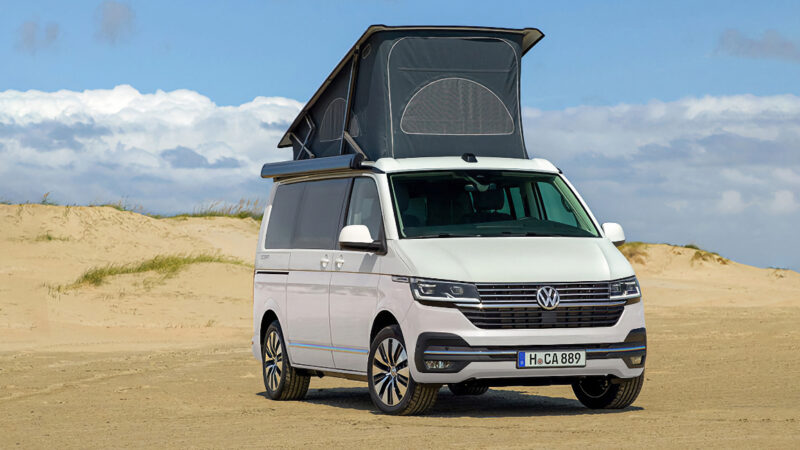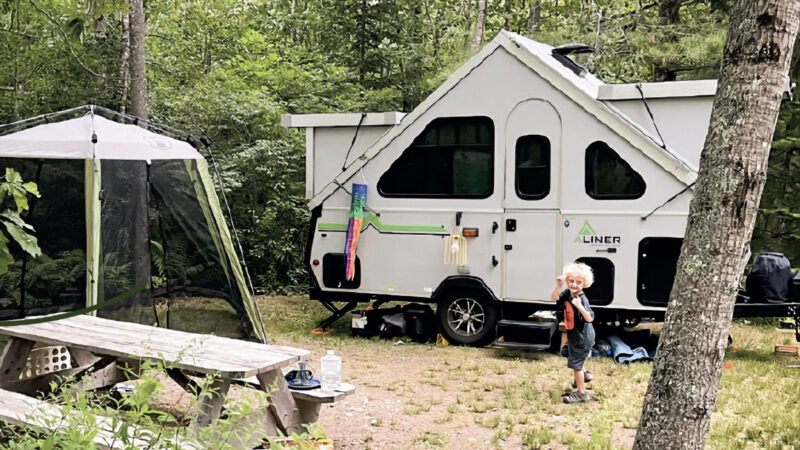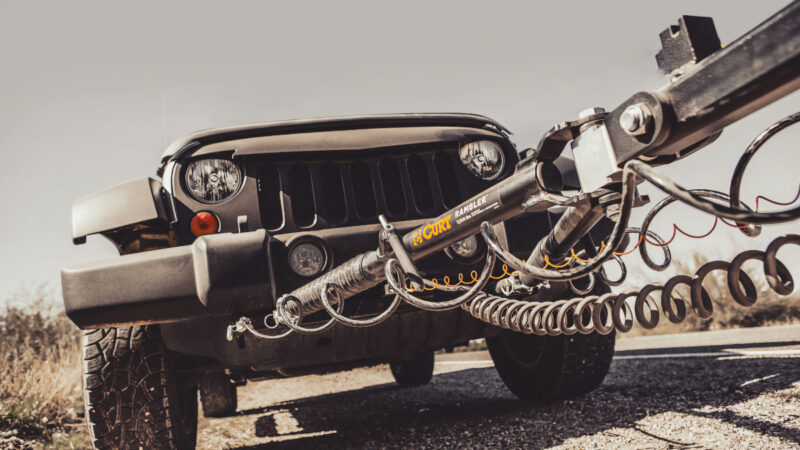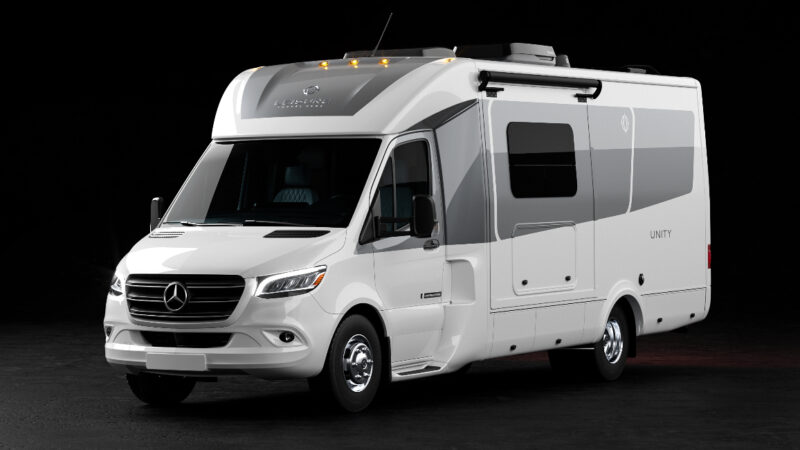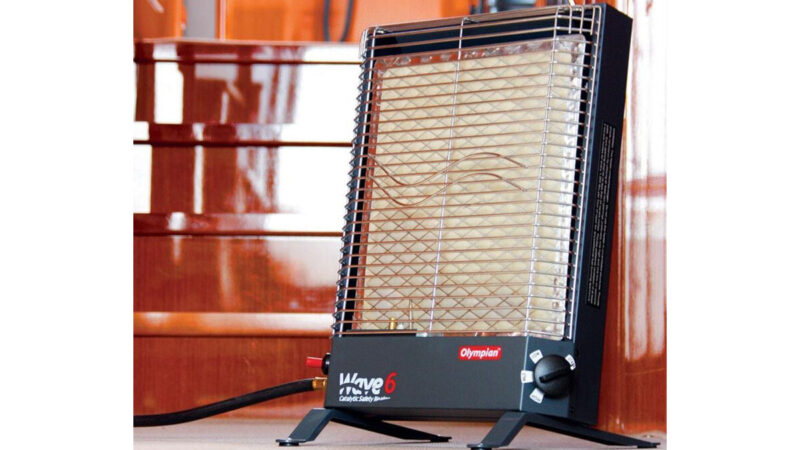RV Classes Explained
Newcomers to the RV space are sometimes confused by the jargon used to describe the different types of vehicles. The class system that defines the various models can be especially confusing. While it is easy to see the differences between a large motorhome and a camper van, understanding why they fall into a specific class isn’t always clear.
But as it turns out, the industry has very specific criteria for defining those classes, which is mainly determined by the type of chassis the vehicle is built on. But the differences can go deeper than that, and sometimes, there can be some overlap between categories.

Image Courtesy of welcomia/Getty
Motorized RV Classes Explained
As noted above, the difference between a Class A, B, and C motorhome generally comes down to the type of chassis that they ride on. For instance, a Class A model is usually built on a bus or large commercial truck frame. Popular options include the Prevost, Freightliner, and Ford F-53 platforms.
Smaller Class B models typically use a van chassis as their underpinnings, with the Mercedes Sprinter, Ford Transit, and Ram ProMaster being the most common. These are the smallest motorhomes, often exchanging interior space in favor of a more nimble driving experience.
Finally, Class C RVs usually ride on a heavy-duty truck chassis, which puts them between Class A and Class B vehicles in terms of size. The Ford E-350 and E-450 platforms are some of the most common options used by manufacturers when producing these models.
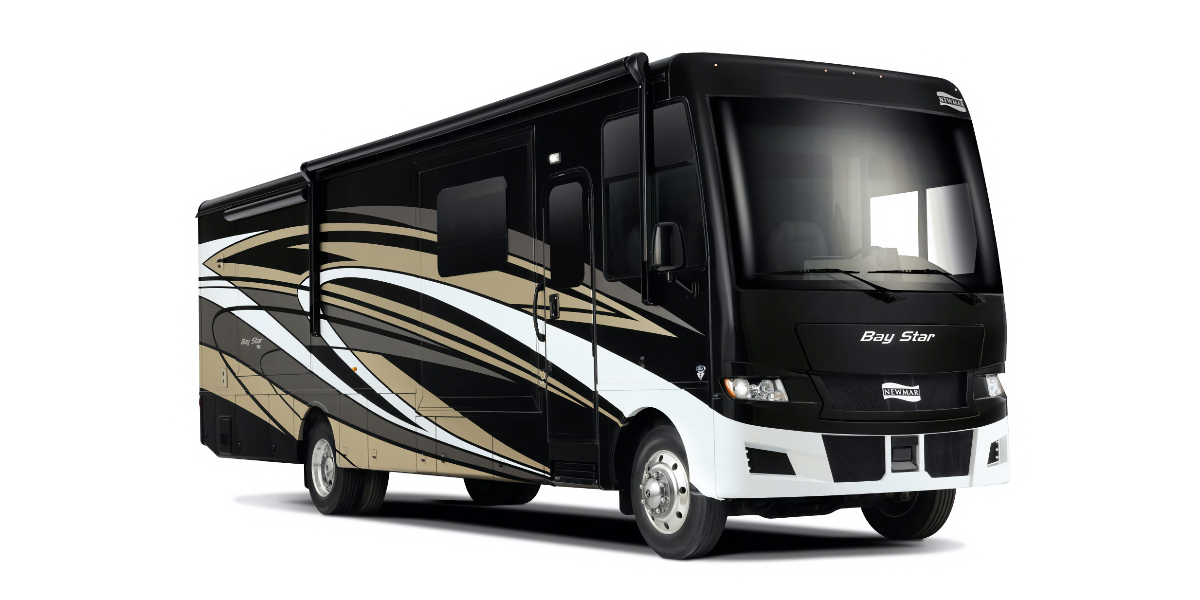
Photo Credit: Newmar
Class A Motorhomes
Class A motorhomes are the heaviest and largest recreational vehicles, which gives them the most interior space and luxurious amenities. Depending on floorplans, these models can sleep up to ten—and sometimes even more—people, with room for everyone to stretch out and get comfortable. Onboard kitchens, bathrooms, and lounges are usually well-appointed, with plenty of creature comforts to keep everyone happy. Due to their size and long list of standard features, these RVs also tend to be the most expensive, with some offering an experience on par with a small home.
Popular Class A models include the Newmar Bay Star, the Winnebago Vista, and the Jayco Precept.
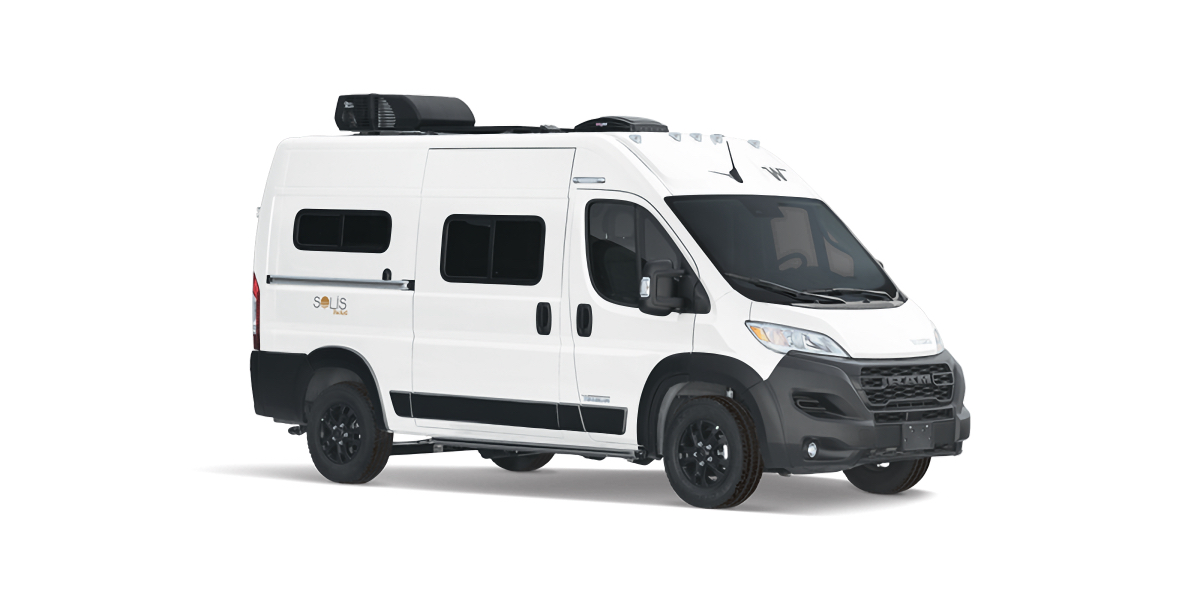
Photo Credit: Winnebago
Class B Motorhomes
Class B models, which are also referred to as camper vans, have grown in popularity in recent years. While they are much smaller than Class A and C motorhomes, they can generally sleep two to four people and often have a surprising number of onboard amenities, including a kitchenette and a bathroom with a shower. Because of their size, these vehicles are more capable off-roaders and boondockers than their larger counterparts, although they aren’t always as comfortable and well-appointed.
Popular Class B camper vans include the Winnebago Revel and Solis Pocket, the Airstream Rangeline, and the Thor Rize.
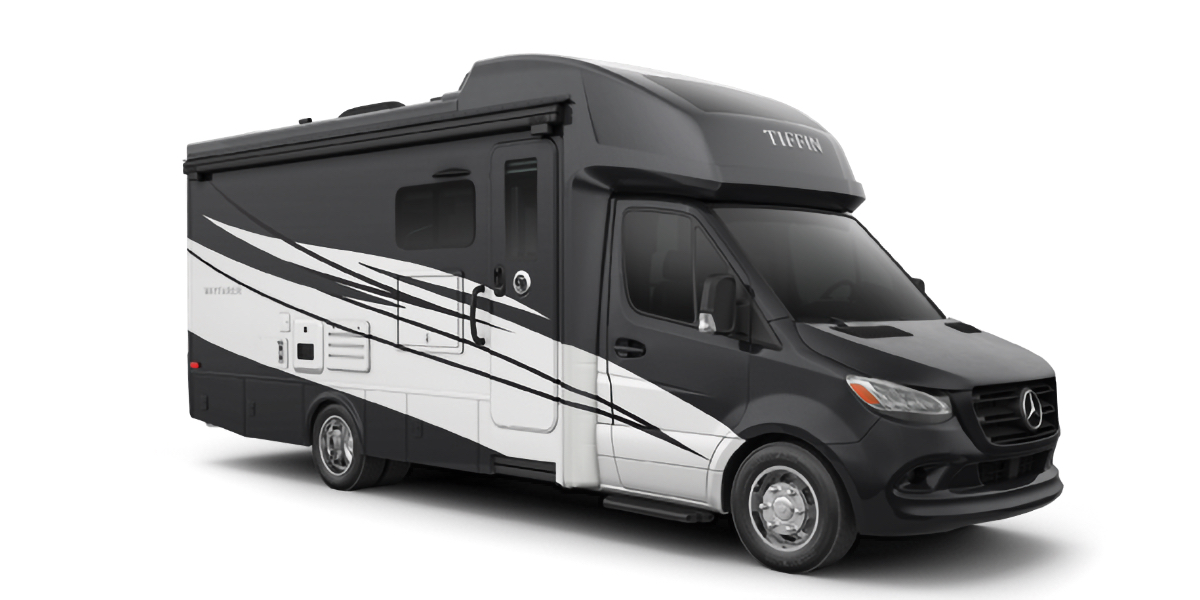
Photo Credit: Tiffin
Class C Motorhomes
Class C motorhomes fill the space between Class A and B models and are surprisingly spacious inside. Most can comfortably house two to six people, with the main sleeping area located in a lofted cabover space that is often the defining feature of this type of RV. While larger than a camper van, these motorhomes are easier to drive than a big motorcoach. However, they can be just as luxurious, making them a popular choice for couples and small families.
A Super C is a subclass of a traditional Class C built on a heavy-duty truck chassis like the Ford F-550. This gives the vehicle a longer wheelbase, which improves stability and provides more interior space. These models use diesel engines, which improves overall power and towing capacity. Because they are noticeably larger than other Class Cs, they can be more challenging to maneuver in tight spaces and traffic.
Top Class C models include the Winnebago View, Tiffin Wayfarer, and Jayco Redhawk. Some of the best Super Cs include the Dynamax Isata 5, Jayco Seneca, and the Tiffin Allegro Bay.
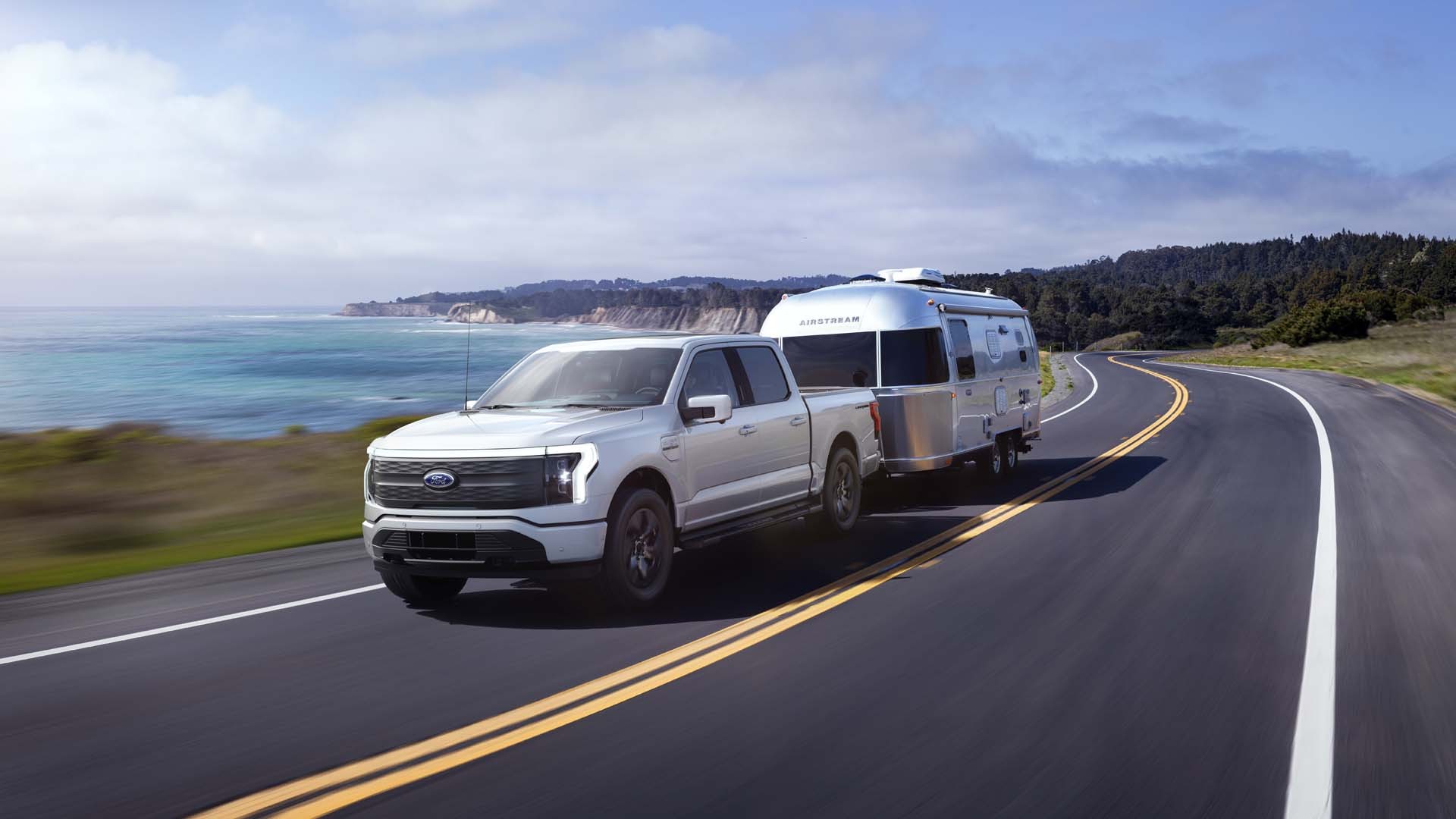
Photo Credit: Ford
Towable RVs
As fun and aspirational as motorized RVs are, towable models are far more prevalent and sell in much more significant numbers. Those types of vehicles also come in several different categories, each with its own distinct and unique features. Here’s what you need to know:
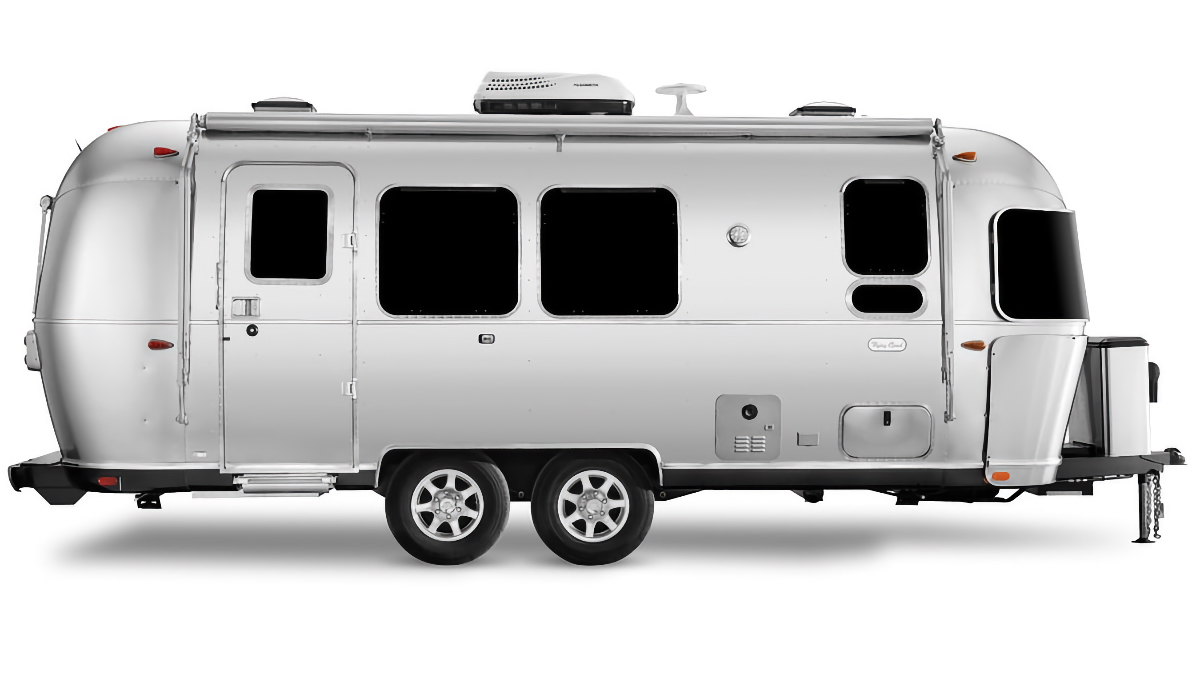
Photo Credit: Airstream
Travel Trailers
The term “travel trailer” refers to a broad category of towables designed to connect to a tow vehicle via a hitch on the bumper. These models can range in size from as small as 12 feet to as long as 40 feet and weigh between 1,500 and 12,000+ pounds. Depending on size, a travel trailer can host as many as 15 people, with sleeping quarters ranging from luxurious residential-style bedrooms to bunkbeds and foldout couches.
Many travel trailers come with a well-equipped kitchen, a built-in dinette, a comfortable living area, and at least one onboard bathroom. Some also have exterior kitchens, ample storage bays, outdoor showers, and an array of other amenities. Floorplans vary greatly, with manufacturers using creative engineering and design to create incredibly comfortable living spaces that can be towed to the campsite.
One of the reasons that travel trailers are so popular is that they are usually less expensive than Class A, B, and C models. However, they do require a vehicle with enough towing capacity to pull them down the highway safely, while motorized RVs can travel under their own power. But once at the campsite, a trailer can be left behind while the tow vehicle is used for exploring, running errands, and visiting friends and family.
Popular travel trailers include the KZ Sportsmen, the Airstream Flying Cloud, and the Grand Design Reflection.
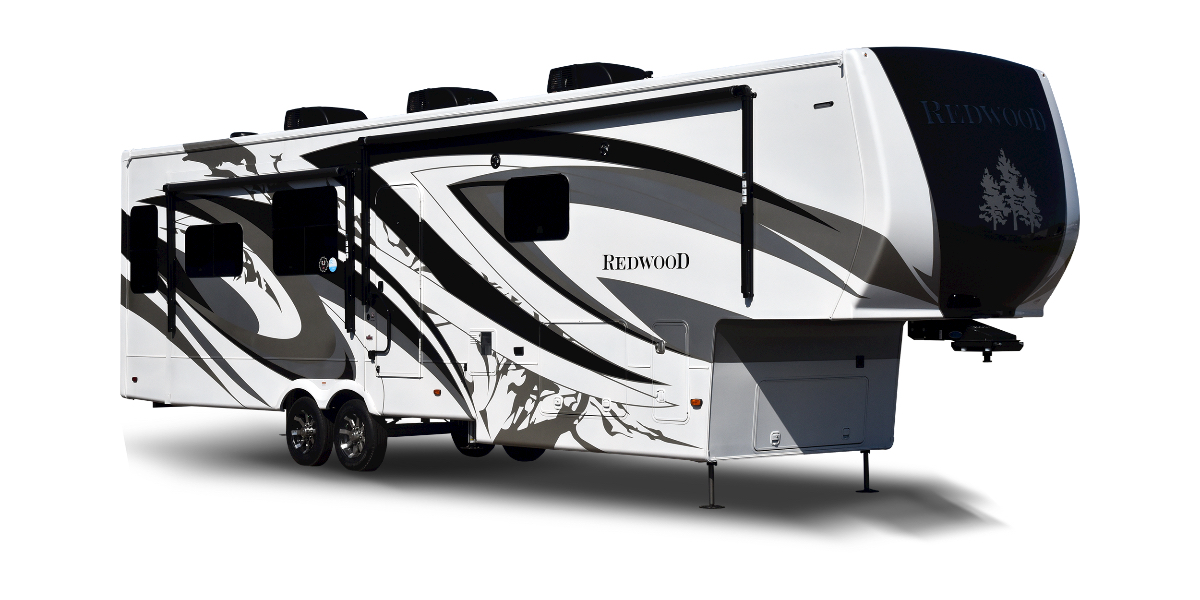
Photo Credit: Crossroads
Fifth-Wheel Trailers
Fifth-wheel trailers tend to be larger and heavier than standard travel trailers. Because of this, they also require a heavy-duty hitch mounted in a truck’s bed rather than on the bumper. These towables range in length from 28 to 45 feet and can weigh as much as 15,000 pounds or more, requiring a vehicle with plenty of towing capacity.
Many fifth-wheels rival Class A motorhomes in terms of interior space and luxury, although usually at a lower price point. These trailers are especially popular for families and full-timers looking for all the comforts of home while on the road. Multiple bed- and bathrooms, plenty of onboard storage, residential-style kitchens, and spacious living rooms are commonly found inside these large towables, which usually have space for 8 to 15 people depending on the floorplan.
Examples of fifth-wheel trailers include the Crossroads Redwood, the Keystone Montana, and the Forest River Arctic Wolf.
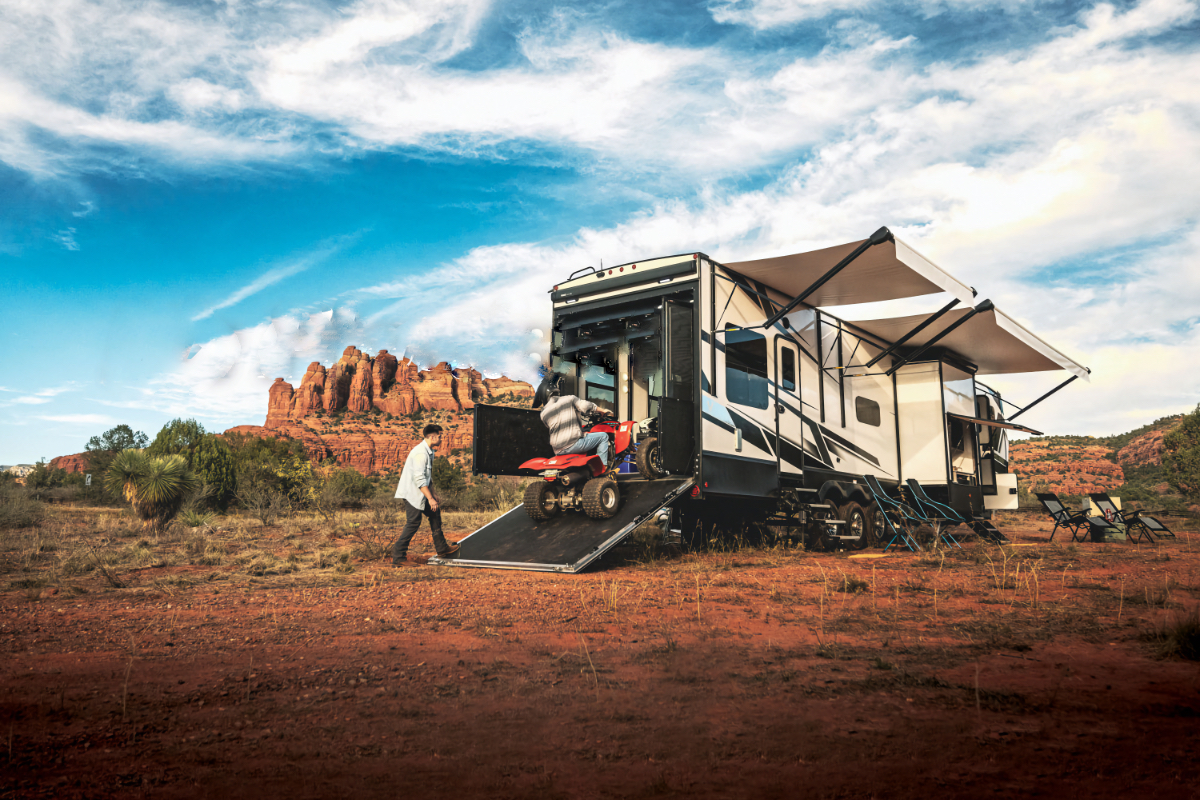
Photo Credit: Dutchmen RV
Toy Haulers
Toy haulers are yet another type of towable that is a sub-class of travel trailers and fifth-wheels. What sets them apart from those types of RVs is that they have a dedicated space that serves as a garage for carrying motorcycles, UTVs, golf carts, bikes, kayaks, and other outdoor gear.
When not loaded with toys, the large cargo area can be used in other ways. The garage space usually converts into a living room, man cave, or bunkhouse. Some toy haulers even have a patio or deck that extends out the back, increasing the outdoor living space as well.
Like travel trailers and fifth-wheels, toy haulers vary significantly in size and weight. Most are about 30 to 45 feet long, tip the scales between 7,000 and 16,000 pounds, and can sleep up to ten people. Because they are designed to haul other motorized vehicles, as well as fuel and accompanying gear, a heavy-duty tow vehicle is often required.
Top toy haulers include the Dutchmen Voltage, the Heartland Cyclone, and the Grand Design Momentum.
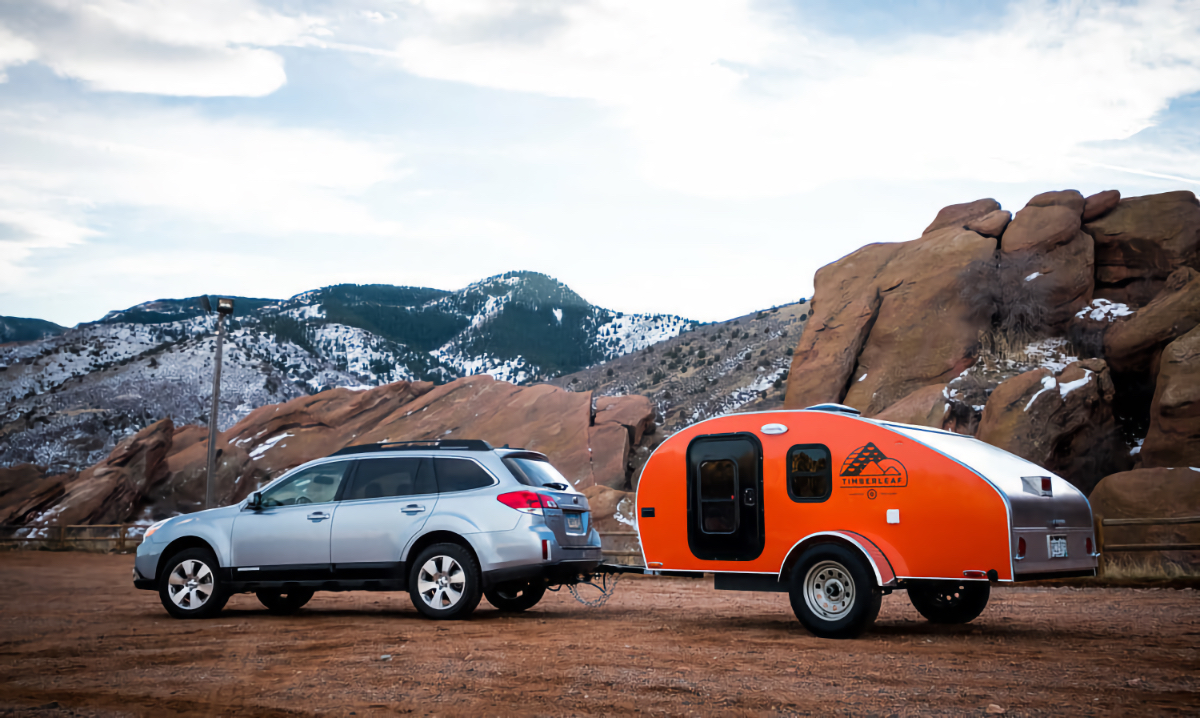
Image Courtesy of Timberleaf
Other Types of Towables
While travel trailers, fifth-wheels, and toy haulers make up the bulk of the RVs that fall under the towables umbrella, a few other options are also a part of this category. Most of these trailers are small and light, which makes them affordable and easy to tow. They include:
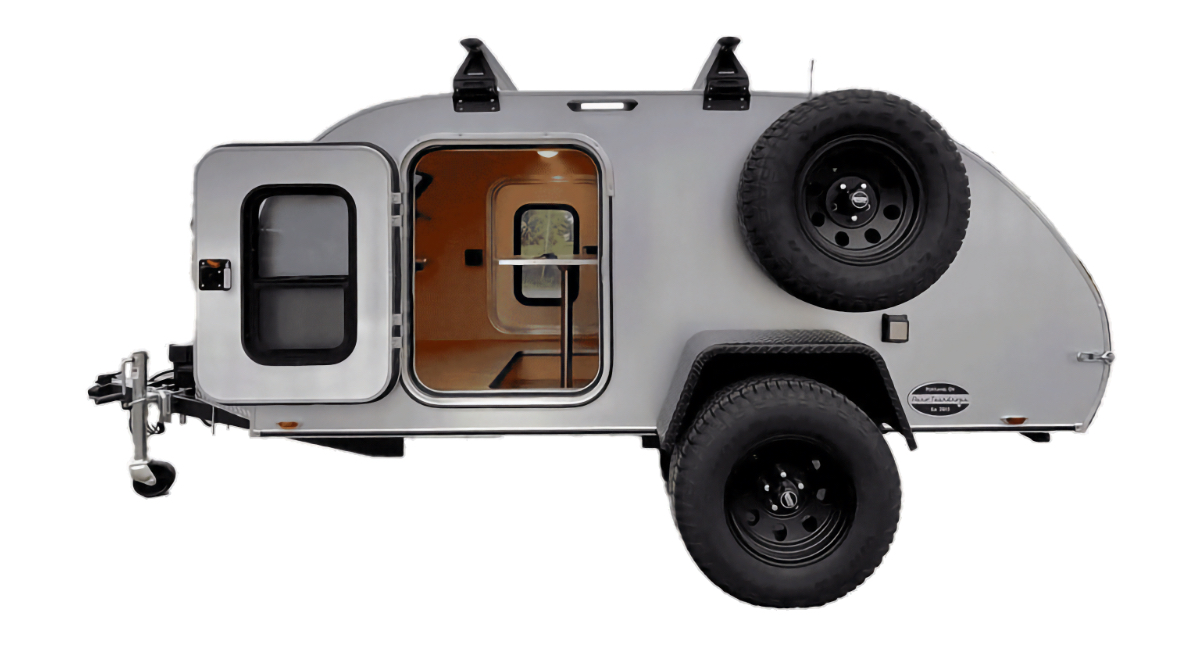
Photo Credit: Aero Teardrops
Teardrop Trailers
Named for their distinctive shape, teardrop trailers have been around for decades. Designed to be towed behind nearly any type of vehicle, these cozy campers usually consist of an interior sleeping space with room for two and a small galley kitchen but few other amenities. But because they are often very affordable, they are also quite popular with RVers; you don’t mind roughing it a bit.
The Timberleaf Classic and Aero Teardrops Steel HC are examples of this type of RV.
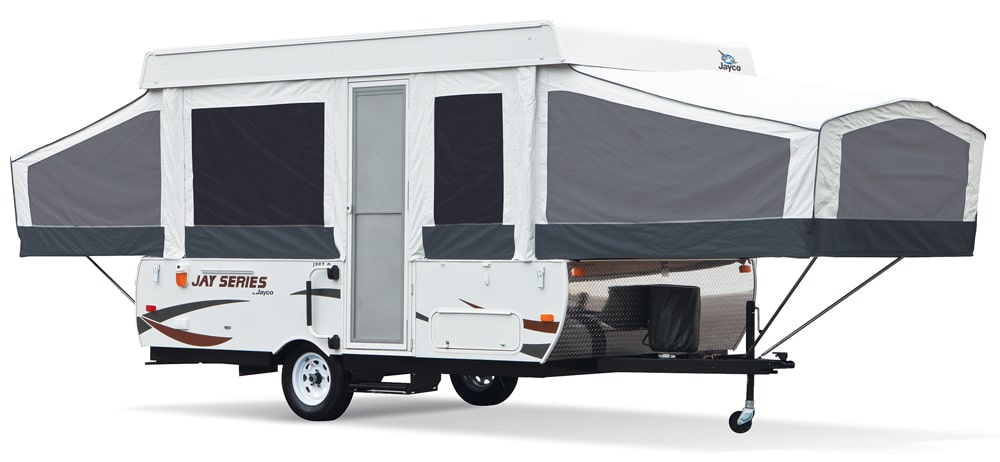
Photo Credit: Jayco
Pop-Up Trailers
Pop-ups are another sub-class of towables that tend to be incredibly compact and lightweight. When towed to the campsite, these RVs expand in size, creating a surprisingly roomy interior space for two to eight people. Most pop-ups have flexible walls made of a canvas tent-like material. This makes them ideal for camping in warmer conditions, but they typically aren’t a good option for cold-weather outings. Still, they are fun, affordable, and easy to tow, making them a mainstay in the RV industry.
Top-rated pop-up campers include the Forest River Rockwood Tent and the Jayco Jay Sport.
While there are a few other types of RVs on the road these days, this article covers the vast majority of models that you’re likely to encounter at just about any campground. And while these classifications give a broad sense of what these campers are like, the diversity and ingenuity that goes into designing them makes each rig unique. Exploring everything they have to offer is part of the fun and a testament to the great work taking place in the RV industry.
The post RV Classes Explained appeared first on RV.com.

